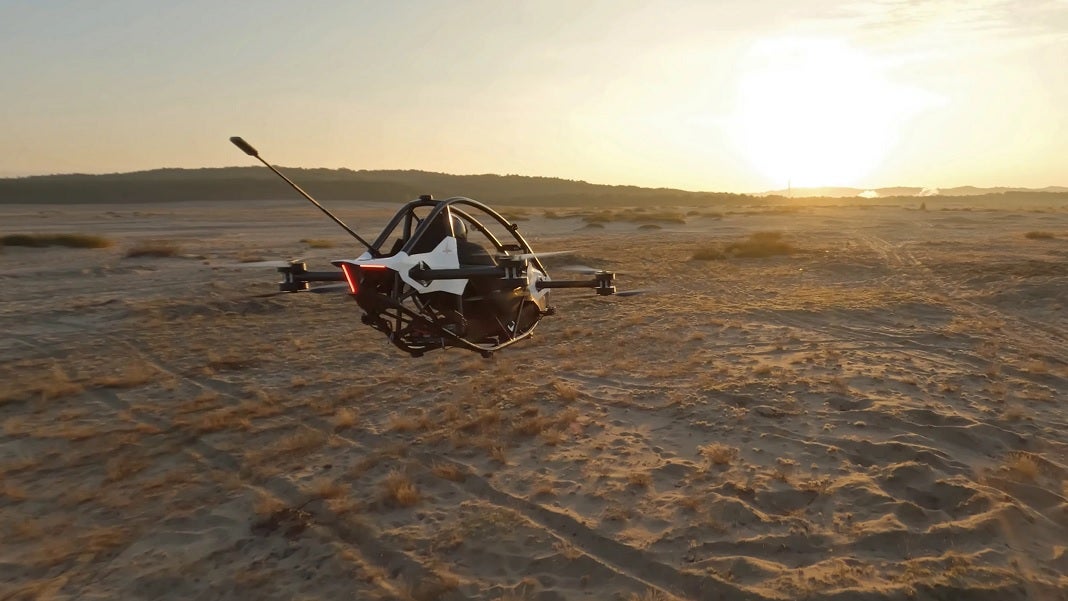New Optical Switch Is Up to 1,000 Times Faster Than Silicon Transistors A new optical switch up to 1,000 times faster than normal transistors could one day form the basis of new computers that use light rather than electricity. ........... Unlike the electrons that modern computers rely on, photons travel at the speed of light, and a computer that uses them to process information could theoretically be much faster than one that uses electronics. ........ It consists of a 35-nanometer-wide film made out of an organic semiconductor sandwiched between two mirrors that create a microcavity, which keeps light trapped inside. When a bright “pump” laser is shone onto the device, photons from its beam couple with the material to create a conglomeration of quasiparticles known as a Bose-Einstein condensate, a collection of particles that behaves like a single atom. ............
it can be switched between its two states a trillion times a second
........ “It took 40 years for the first electronic transistor to enter a personal computer,” he said. “It is often misunderstood how long before a discovery in fundamental physics research takes to enter the market.” .......... they could find nearer-term applications in optical accelerators that perform specialized operations far faster than conventional chips, or as ultra-sensitive light detectors for the LIDAR scanners used by self-driving cars and drones.Japan Sets New Record for Internet Speed at 319 Terabits per Second each year we’re duly notified of a new eye-watering, why-would-we-need-that speed record .......... In August of last year, a University College London (UCL) team, set the top mark at 178 terabits per second. Now, a year later, researchers at Japan’s National Institute of Information and Communications Technology (NICT) say they’ve nearly doubled the record with speeds of 319 terabits per second. ......... When the UCL team announced their results last year, they said you
could download Netflix’s entire catalog in a second
with their tech. The NICT team has doubled that Netflix-library-per-second speed. .......... Millions of miles of fiber now crisscross continents and traverse oceans. This is the web in its most literal sense. ......... The internet runs on infrared pulses of light that are a bit longer that those in the visible band. ......... The team split data into 552 channels (or “colors”), each channel transmitting an average 580 gigabits per second over the four cores. .........the total diameter of the cable is the same as today’s widely used single-core cabling, so it could be plugged into existing infrastructure.
........... But don’t expect hundred-terabit speeds to enable your gaming habits anytime soon. These kinds of speeds are for high-capacity connections between networks across countries, continents, and oceans, as opposed to the last few feet to your router. ....... Hopefully, they’ll ensure the internet can handle whatever we throw at it in the future: New data-hungry applications we’re only beginning to glimpse (or can’t yet imagine), a billion new users, or both at the same time.These Houses Are Affordable, Carbon Neutral, and Assembled Like IKEA Furniture houses take a long time to build, require all sorts of permissions and inspections and approvals, and are, of course, expensive. .......... The new company’s goal is to offer accessible, green housing options at scale. ........ “It’s a giant industry that has been losing productivity over decades and is not meeting our most crucial demands for housing.” ....... the company was “developing a component technology in which the walls, floors and ceilings are in separate pieces, as well as all of the things needed to make it a complete house: kitchens, baths, heating systems, etc. These houses can be packed more efficiently, then easily assembled on site.” ......... NODE homes come in flat-pack kits that fit in standard shipping containers, and they don’t require specialists to assemble; they’re essentially the IKEA furniture of houses ........ Their assembly is guided by software and can be done by generalist construction workers, or even by homeowners themselves. ......... buildings account for 47 percent of carbon emissions, yet
all of the technology exists for buildings to be carbon negative
........... they’re ultra energy-efficient and they use non-toxic materials. Their insulation, for example, is made of recycled denim, glass, and sand instead of fiberglass ........ The homes can also be outfitted with solar panels or mini wind turbines, and thus could end up generating more energy than they consume, enabling homeowners to sell power back to the grid.This Tiny Personal Aircraft Costs Under $100K and Can Take Off From Your Driveway a flying all-terrain vehicle ....... All sorts of technology that used to exist only in cartoon form has made its way into being since the show launched in 1962, from jet packs to 3D printed food to smartwatches. .......... The vehicle runs on battery power, with eight electric motors, and is like a helicopter in that it takes off and lands vertically (though the fact that it has eight propellers makes it a “multicopter”). The fastest it goes is 63 miles per hour (102 kilometers per hour), so about the same as highway driving in or near an urban area. ........... In the US the aircraft is classified as “ultralight,” meaning you don’t need a pilot’s license to fly it. ......... the Jetson One goes for $92,000, which actually isn’t outrageous given that it’s basically a personal mini plane ........... The company has already sold its entire 2022 production run (which, to be fair, was only 12 units) and is now taking orders for delivery in 2023.


No comments:
Post a Comment